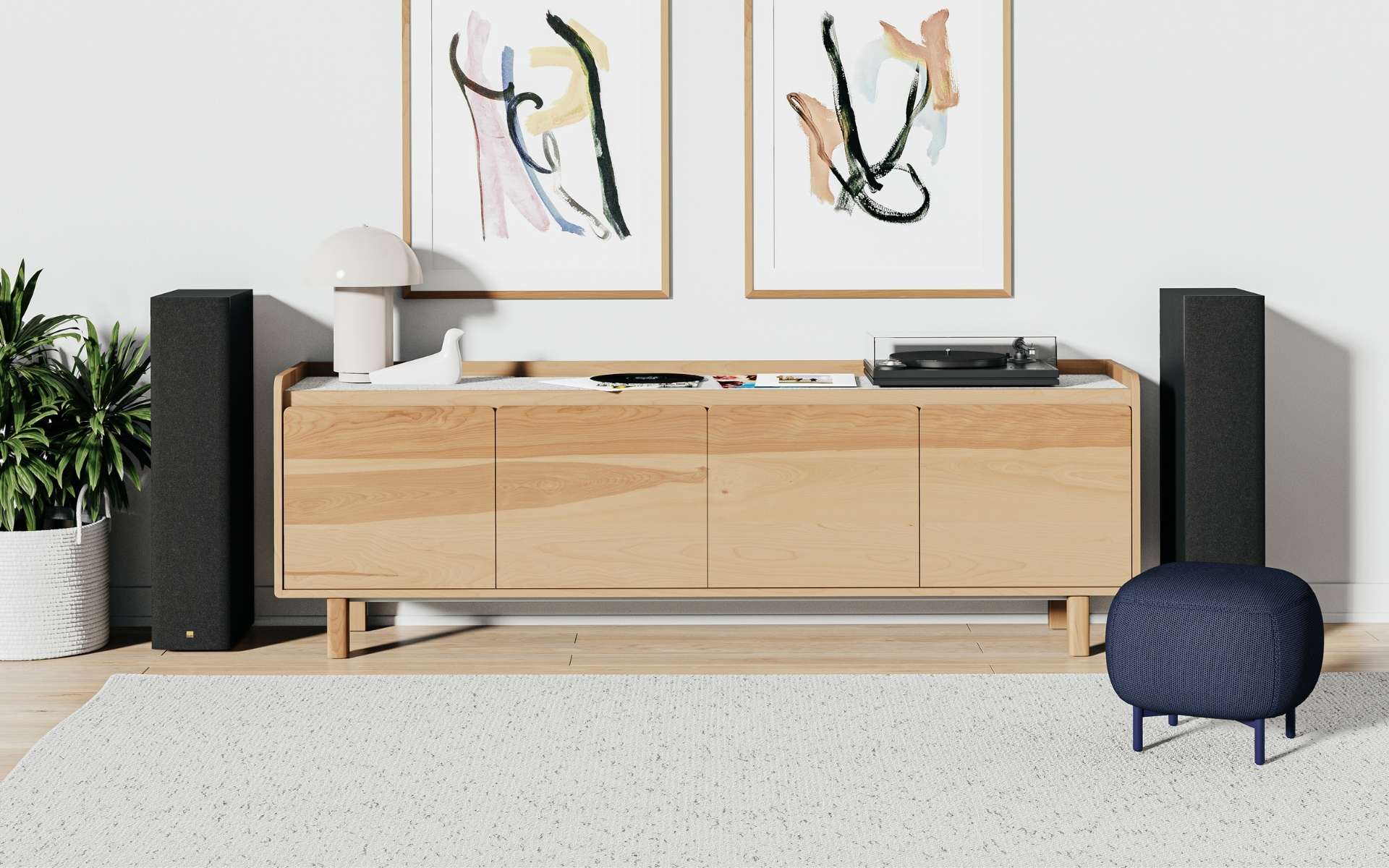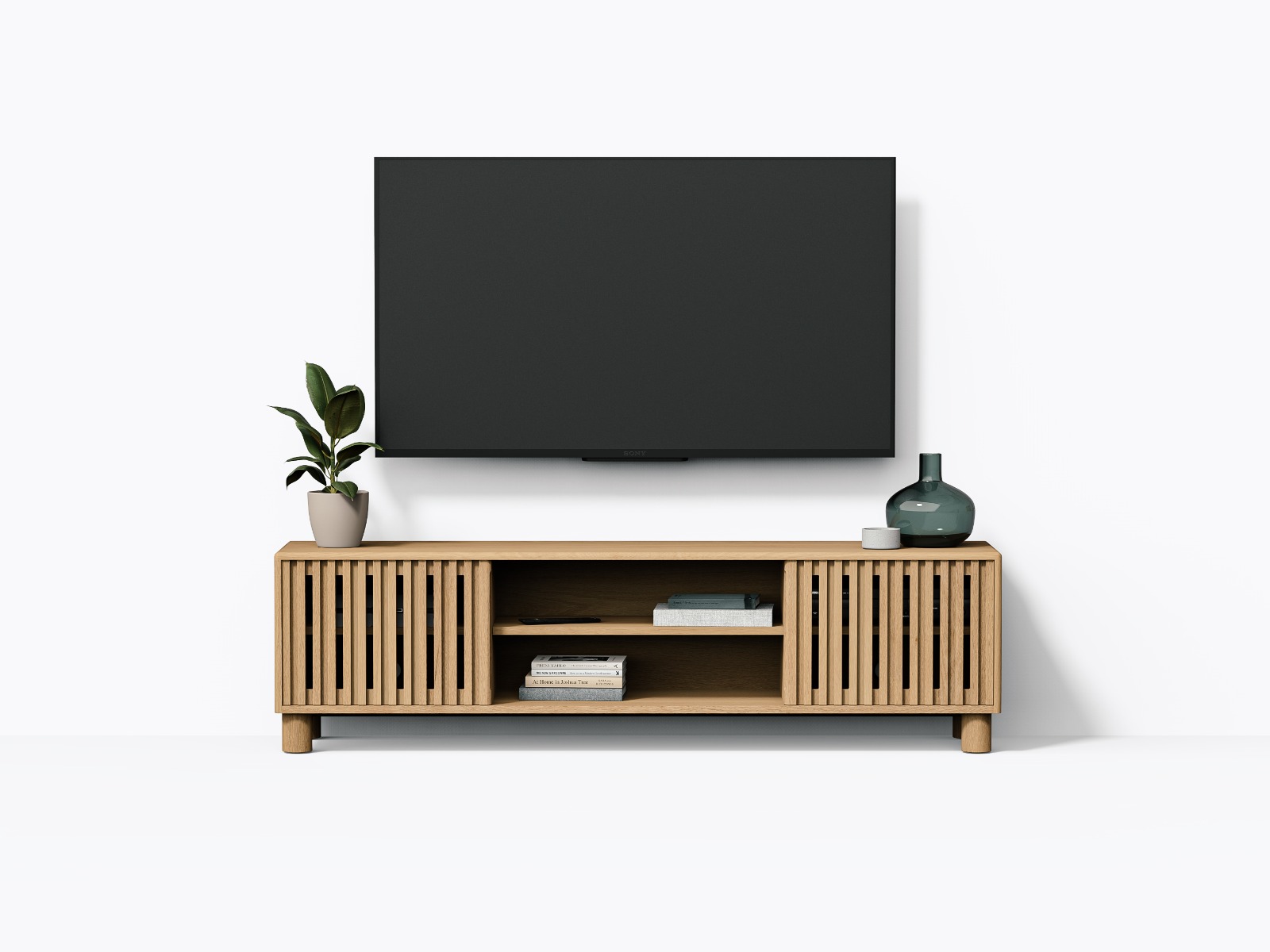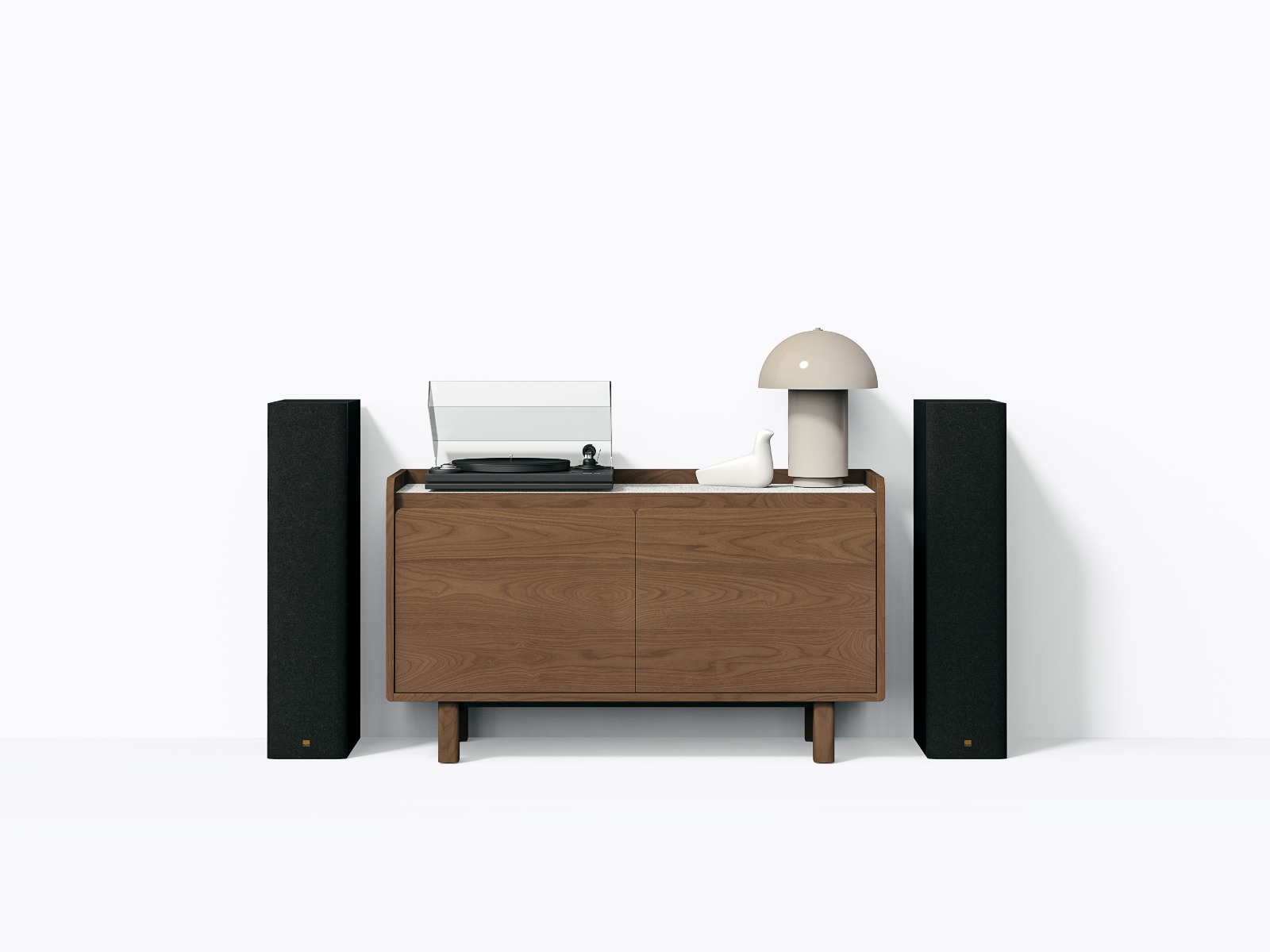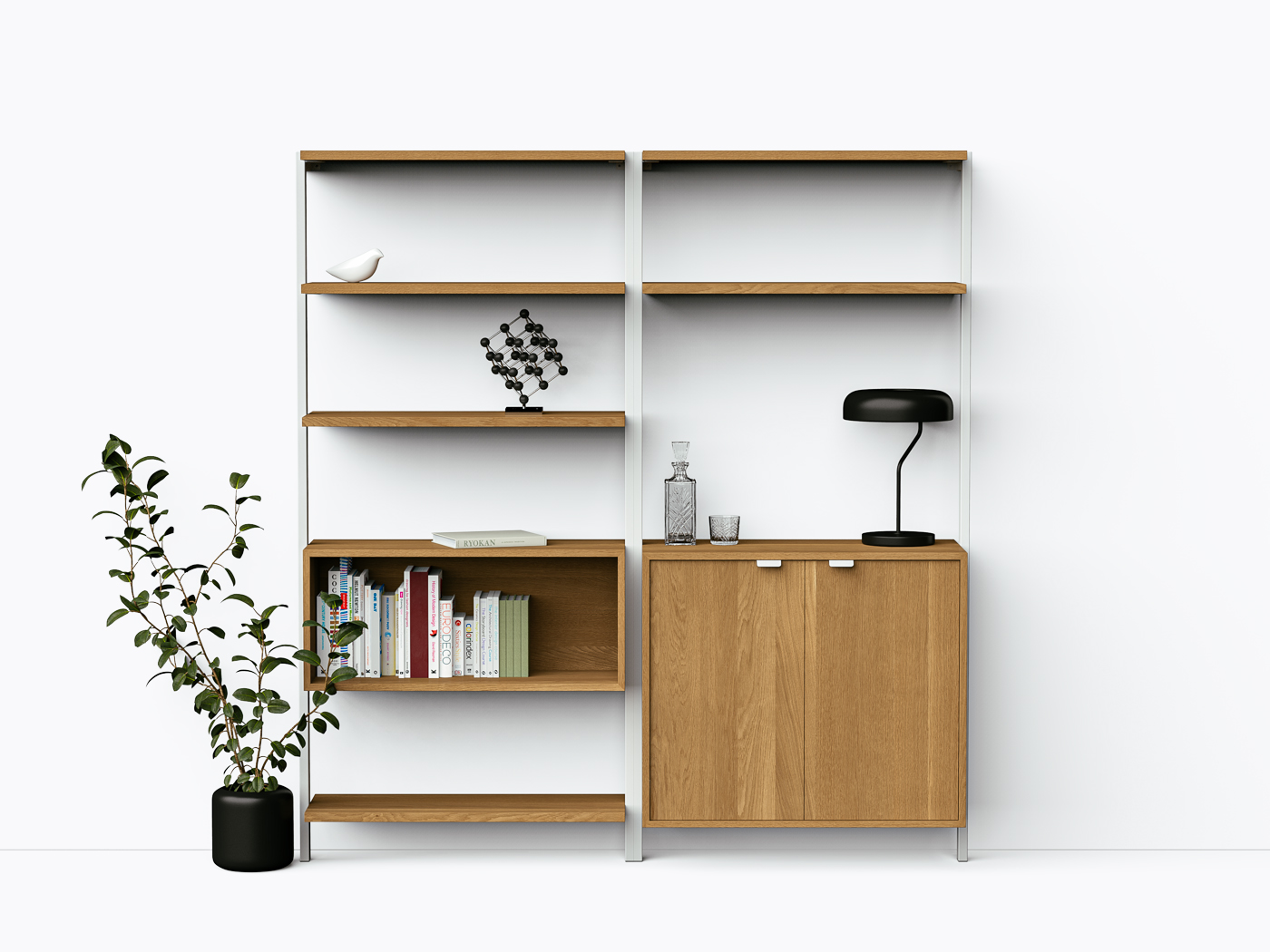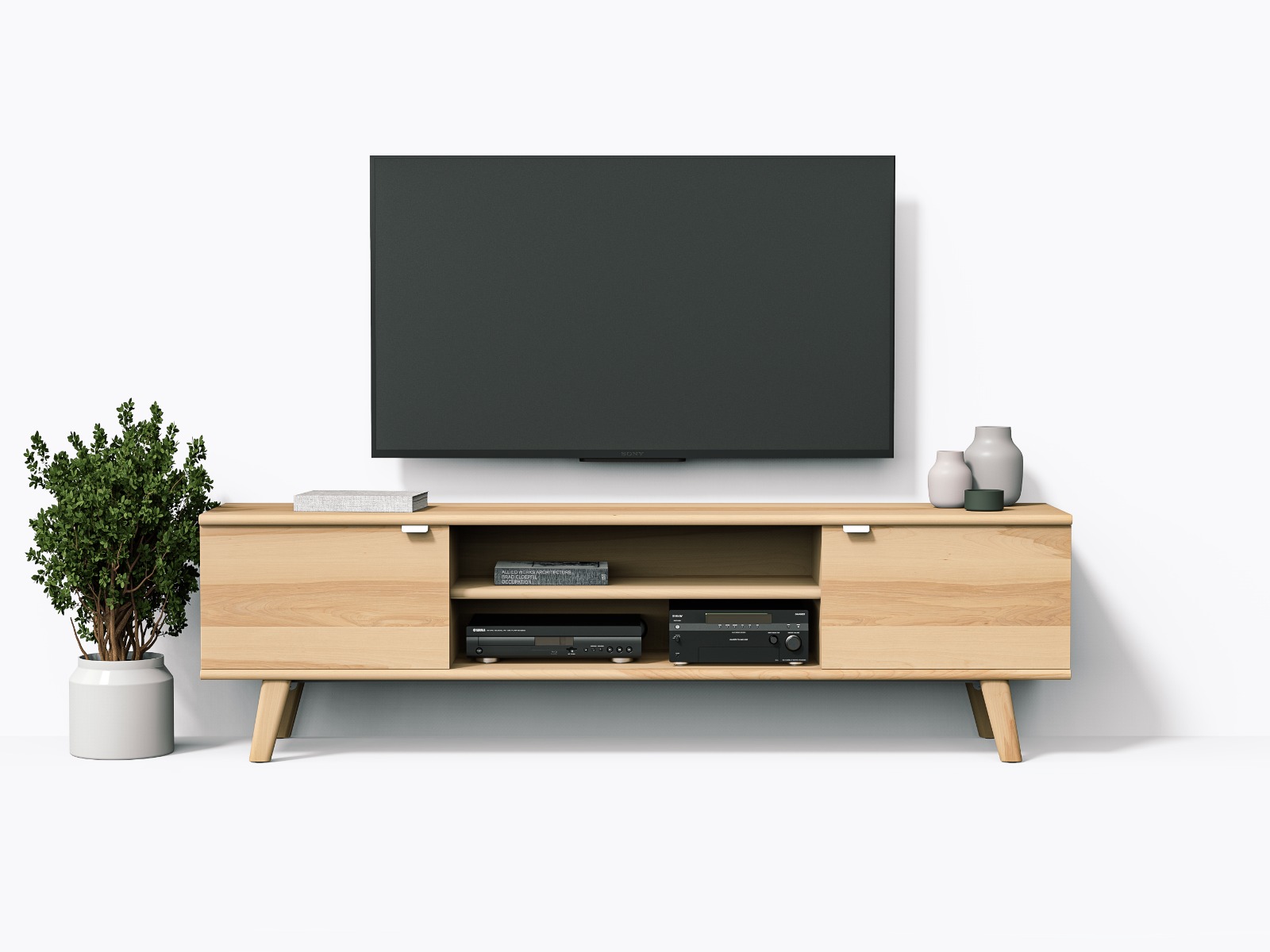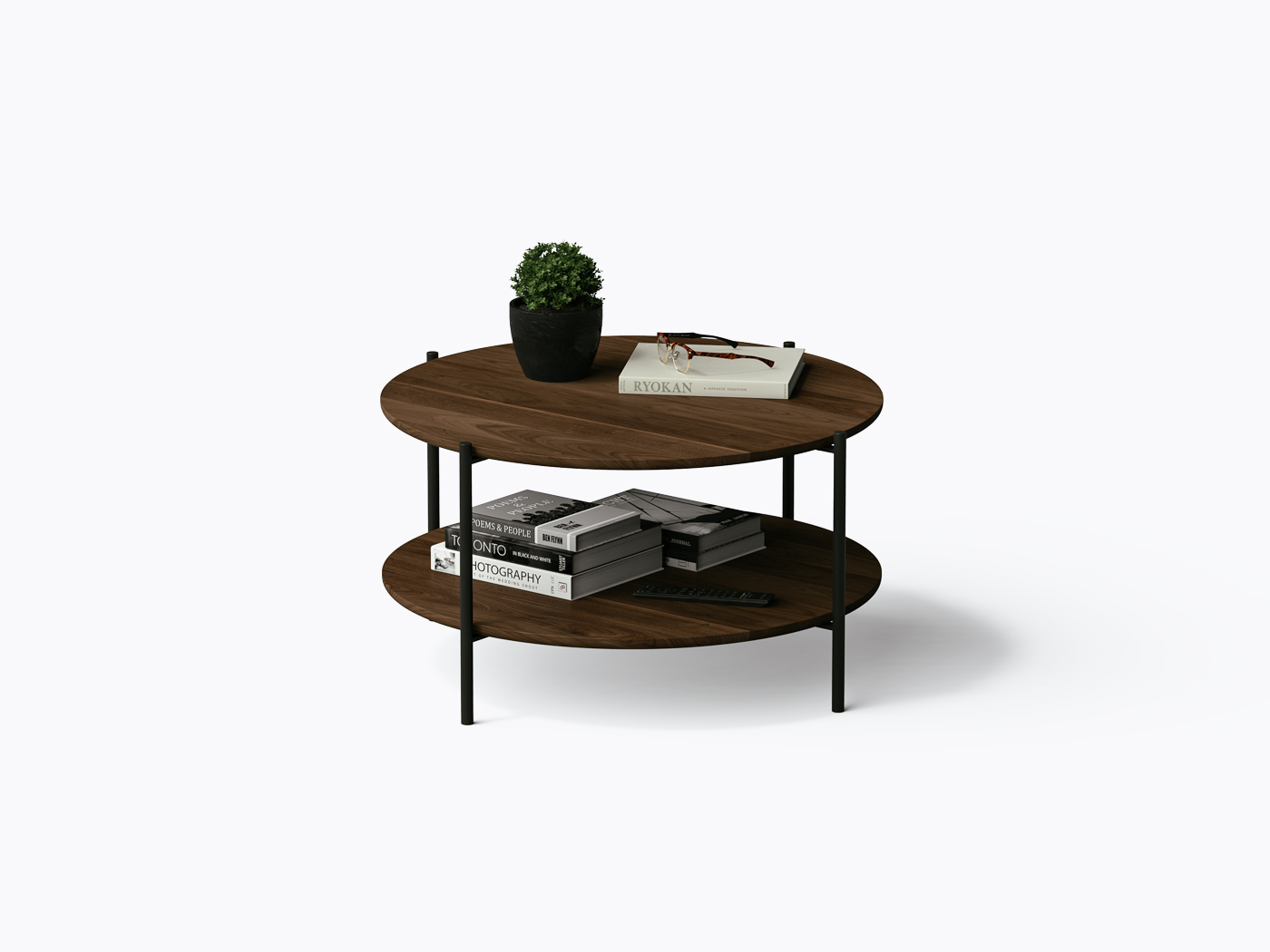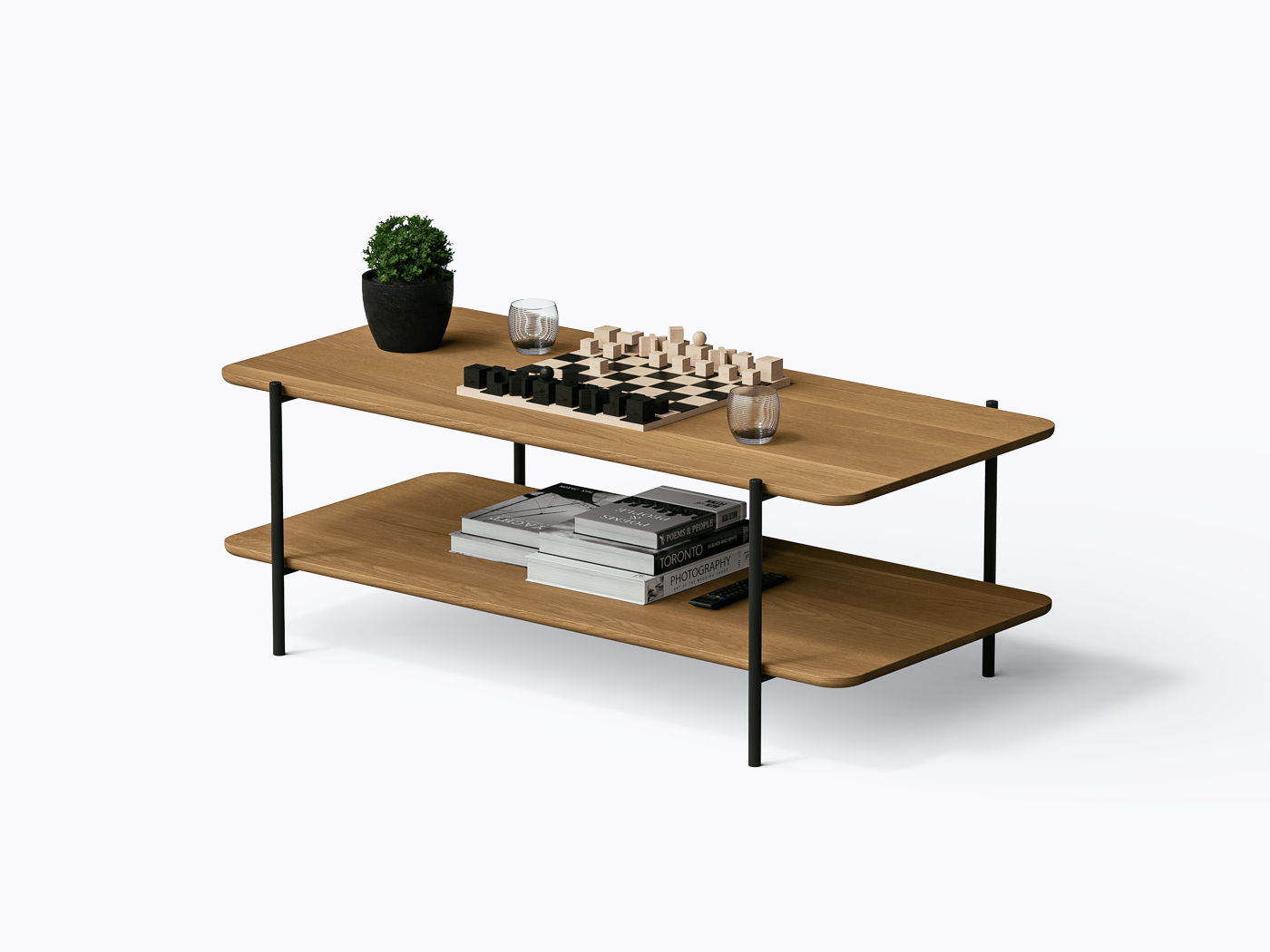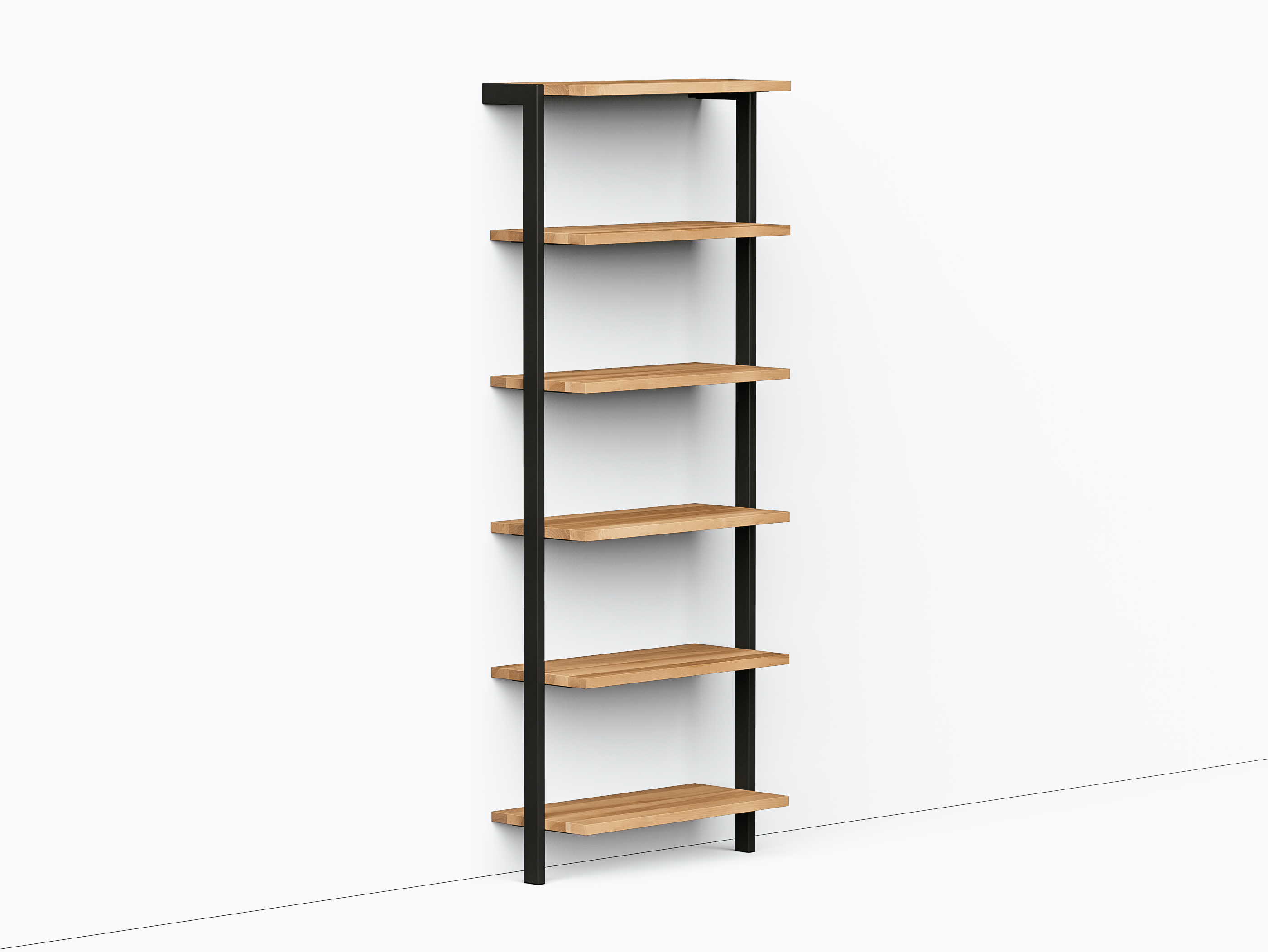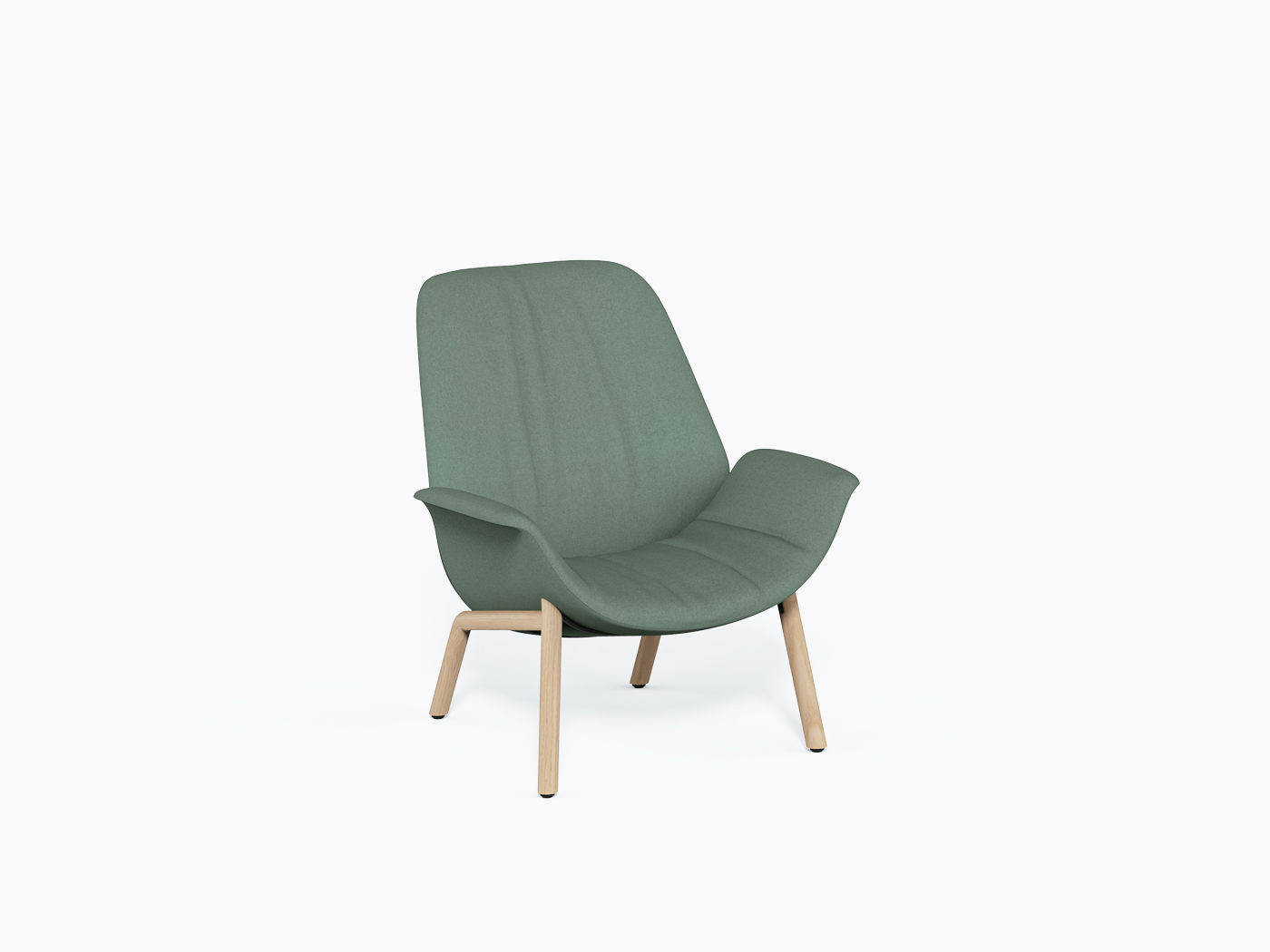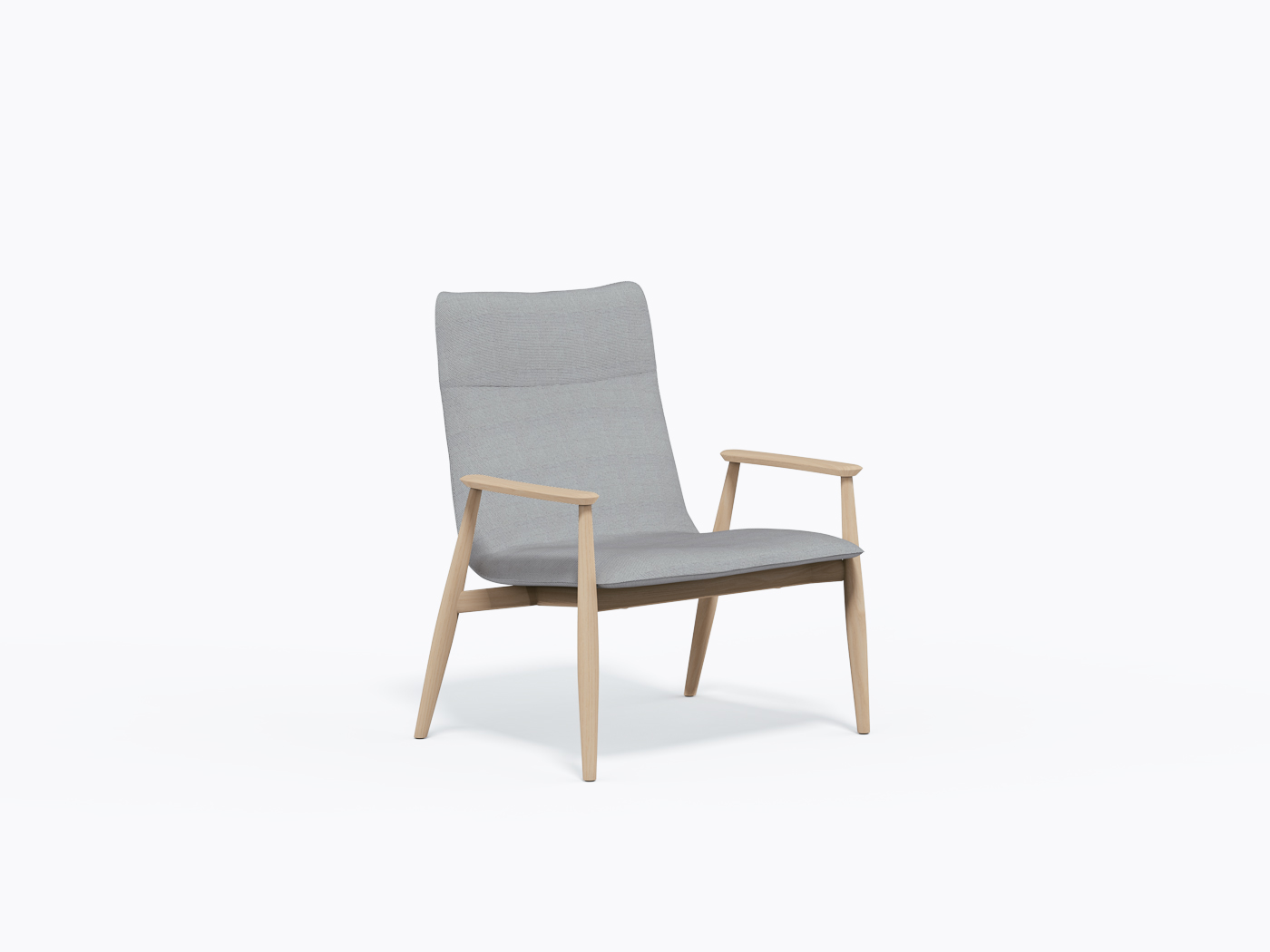Arranging a living room can seem intimidating, but with a few basic principles in mind, you can create a welcoming, functional, and aesthetically pleasing space. Here’s a guide to help you arrange your furniture optimally.
1. Evaluate the Space
Before you start moving furniture, take the time to evaluate your living room. Measure the room and note the locations of windows, doors, and electrical outlets. This will help you determine the possible options for arranging your furniture.
2. Define the Function of the Space
Think about how you want to use your living room. Is it a relaxation space, a place for entertainment, or a spot for hosting guests? This will influence your furniture layout. For instance, if you often have friends over, arranging the seating around a coffee table will facilitate conversation.
3. Create a Focal Point
Every living room needs a focal point. This could be a fireplace, a television, or even a piece of art. Arrange your furniture to highlight this focal point. For example, place the sofa facing the television or around a fireplace to encourage a cozy atmosphere.
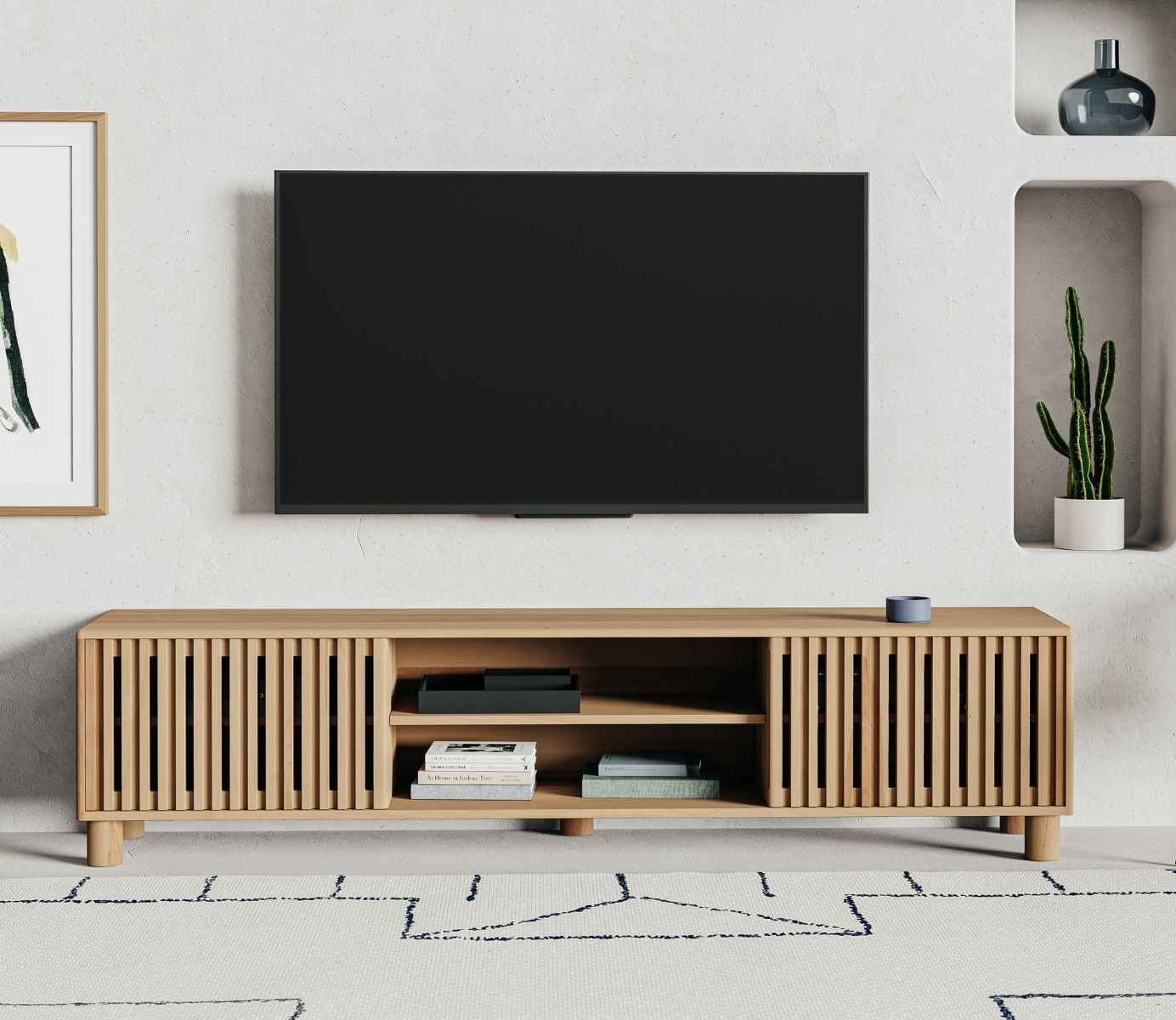
4. Establish Zones
In larger living rooms, it can be wise to create multiple zones. You might have a seating area with a sofa and armchairs, and another zone with a coffee table for games or activities. Use rugs to delineate these spaces while creating visual harmony.
5. Choose the Right Sofa Based on Room Size
The choice of sofa is crucial for the harmony of your living room. In small living rooms (under 150 square feet), opt for a two-seater sofa that maximizes space without overcrowding. For medium-sized living rooms (150 to 250 square feet), a three-seater or corner sofa can provide comfort and sociability. In larger living rooms (over 250 square feet), a larger or modular sofa can be ideal for creating conversation areas.
Distance Between the Sofa and the Screen
The distance between the sofa and the screen is essential for an optimal viewing experience. For a 32-inch screen, it is recommended to stay about 5 feet (1.5 meters) away. For a 40 to 50-inch screen, the ideal distance is between 6 and 8 feet (2 to 2.5 meters). For screens measuring 55 to 65 inches, aim for about 8 to 10 feet (2.5 to 3 meters), and finally, for screens 70 inches and larger, the distance should be between 10 and 12 feet (3 to 4 meters). These recommendations will help you fully enjoy your viewing experience while preserving your visual comfort.
6. Optimize Circulation
Ensure that your furniture layout allows for smooth circulation in the room. Leave about 60 cm (approximately 2 feet) of space around furniture to facilitate movement. Avoid blocking pathways to windows and doors.
7. Consider Natural Light
Lighting is essential in a living room. Arrange your sofa and armchairs to take advantage of natural light while avoiding glare on screens. If possible, place the TV unit perpendicular to the window. Consider using lightweight curtains to filter the light if necessary.
8. Incorporate Storage Solutions
A tidy living room is essential for maintaining a welcoming atmosphere. Think about integrating furniture with built-in storage, such as coffee tables with drawers or shelves, or sofas with storage compartments. A TV unit can also play a key role; choose one with shelves or drawers to conceal remote controls, game consoles, and other accessories. Use open shelves to display books and decorative items while keeping essential items within reach. Baskets or storage boxes can also help keep small items organized and out of sight, while adding a decorative touch.
